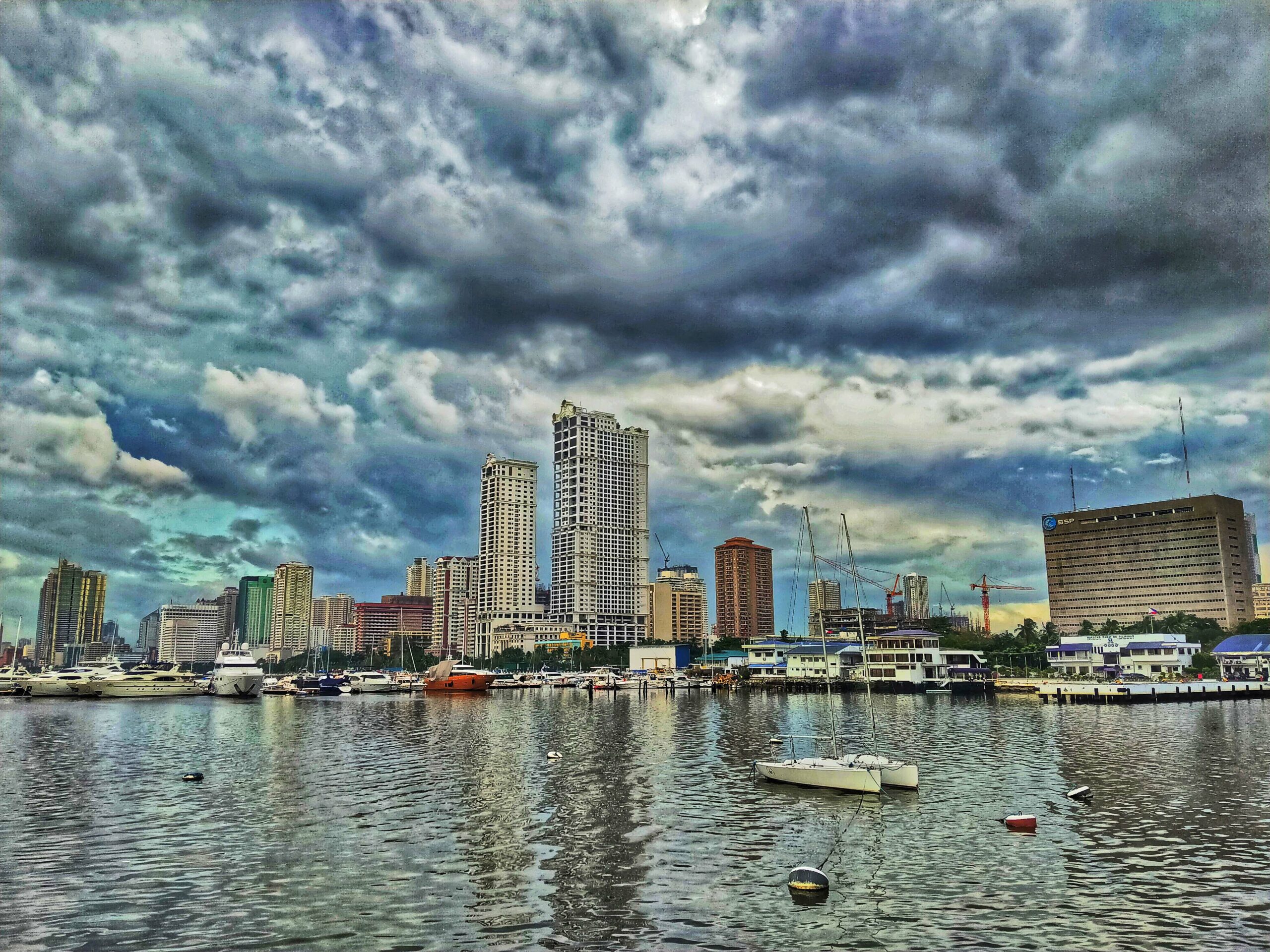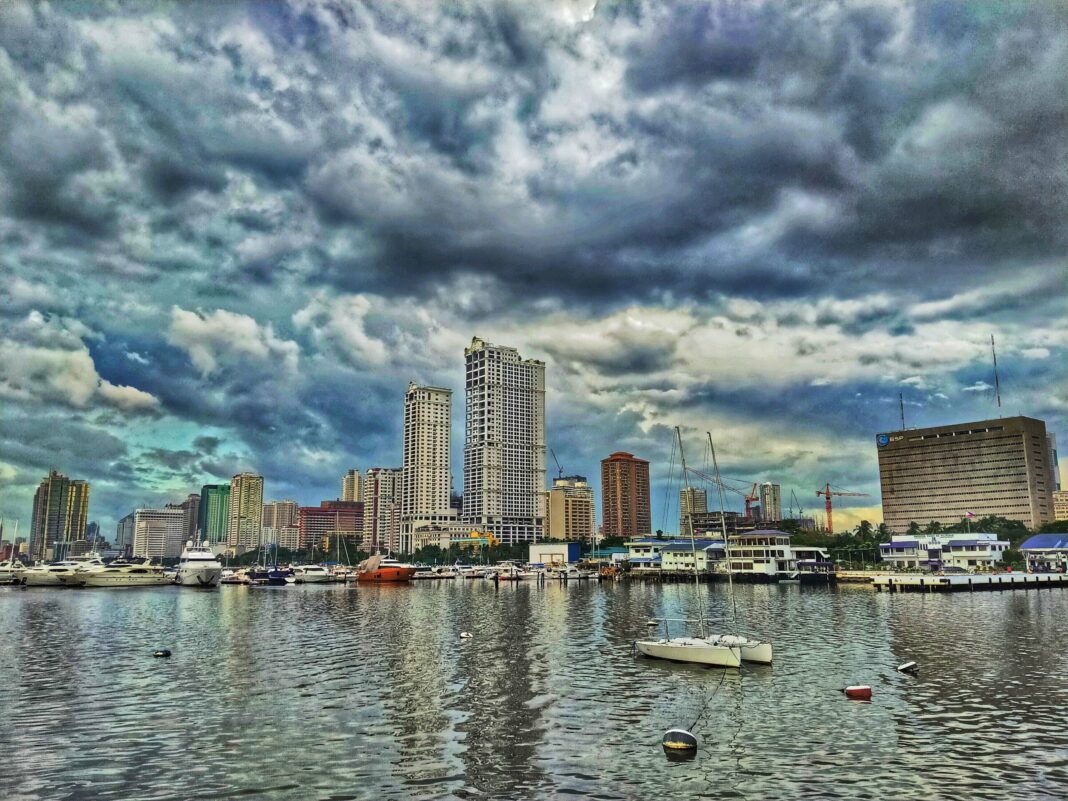
LONG-TERM investments made by foreign investors in the Philippines rose for the second consecutive month in July as the world continues to reopen its economy, the Bangko Sentral ng Pilipinas (BSP) reported on Monday.
Data showed that foreign direct investments (FDI) to the Philippines hit a net inflow of $1.3 billion in July, up 52 percent from the $831 million in the same month last year.FDI are investments made by foreign players in the Philippines in the hopes of long-term return. Since these are in the country for a longer term compared to their short-term counterpart—the foreign portfolio investments (FPI) —FDI usually create jobs for Filipinos and have a multiplier effect on the economy.
The BSP attributed the increase in FDI net inflows in July this year mainly to the 61.1-percent growth year-on-year in investments in debt instruments to $1.1 billion from $667 million.
Similarly, reinvestment of earnings rose by 87.1 percent to $155 million from $83 million.
July’s FDI growth brought the cumulative FDI net inflows to $5.6 billion, 43.1 percent higher than the $3.9-billion net inflows in the first seven months of 2020.
This was mainly on account of the 78.7-percent expansion in non-residents’ net investments in debt instruments to $3.9 billion, from $2.2 billion.
Likewise, reinvestment of earnings reached $677 million, 19.3 percent higher than the $567 million.
Net investments in equity capital decreased by 12.4 percent due to the downturn in placements by 9.5 percent to $1.2 billion from $1.4 billion, and the increase in withdrawals by 6 percent to $223 million from $210 million.
Equity capital placements emanated largely from Singapore, Japan, and the United States. These were infused mostly in the manufacturing; financial and insurance; and electricity, gas, steam, and air-conditioning industries.
Rizal Commercial Banking Corporation (RCBC) economist Michael Ricafort said optimism on increased vaccination and the normalization of economies have helped push the country’s FDI numbers upward.
“Economies locally and in many countries around the world have further picked up and reopened from the hard lockdowns, especially from the worst levels in March-April 2020, thereby allowing more inflows of FDI into the Philippines, as facilitated by improvements in the global supply chains and logistics,” Ricafort said.
Going forward, the economist forecast continued growth in FDI for the Philippines.
“For the coming months, FDI could still continue to go up amid better global economic prospects as some developed countries that are the major sources of FDI move towards herd immunity,” Ricafort said.
“More FDI would also be encouraged to locate as the country moves towards population protection and eventually towards herd immunity in the coming months, thereby fundamentally improving economic recovery prospects,” he added.

